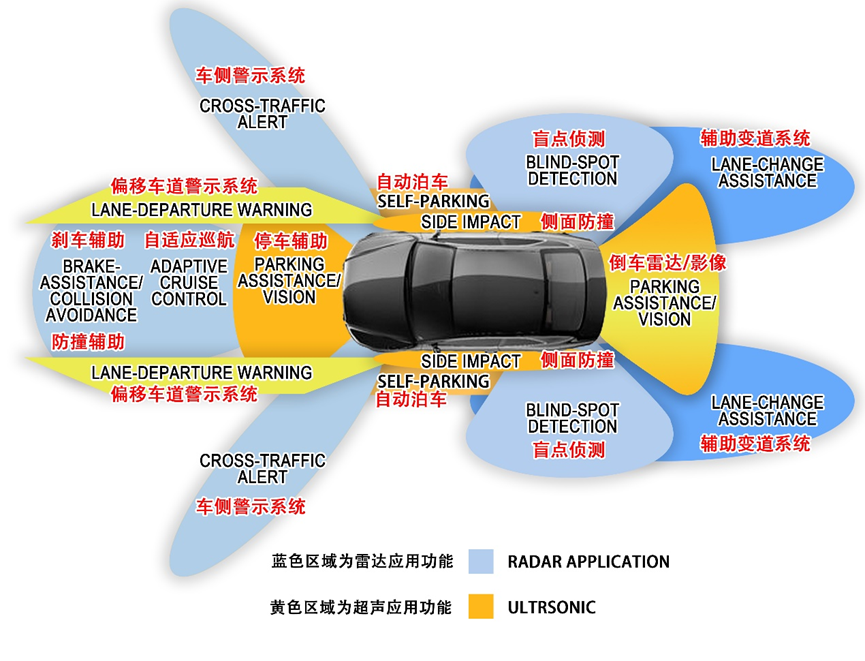Industrial News
What are the"car-grade"performance requirements for car lenses?1.Talking about the performance requirements of"vehicle-level"performance of vehicle-mounted lenses
Vehicle lenses are an important component of ADAS sensors,and the overall market is growing rapidly.When it comes to car cameras,everyone may focus more on the big problem of shortage of CMOS sensors and chip semiconductors in the current industry chain.But in terms of production details,there is relatively little chat.Here I will discuss with you one of the details-the rigid requirements of the former car factory:"car-grade"car lens products.
Generally speaking,"vehicle grade"is synonymous with quality and means strict product performance.This is because in various product applications,automotive products will encounter various extreme environments.For example,the ultra-high temperature generated by the sun exposure in summer and the ultra-low temperature of tens of degrees below zero in winter in the north,the damage caused by rainy days and high-pressure car washing.In addition,car safety involves the life safety of drivers and passengers.Therefore,"car level"must ensure that the product can be used normally in these extreme environments.
For vehicle-mounted camera products,the basic level of vehicle specifications generally includes the following seven aspects:
①Temperature resistance:It needs to work normally in the range of-40℃~85℃,and can adapt to drastic changes in temperature;
②Earthquake resistance:Vehicles running on uneven roads will generate strong vibrations,so they must be able to resist vibrations of various intensities;
③Antimagnetic:When the vehicle is started,it will generate extremely high electromagnetic pulses,which requires extremely high antimagnetic performance;
④Waterproof:The on-board camera must be tightly sealed,so that it can still be used normally after being soaked in rainwater for several days;
⑤Service life:the service life is at least 8 to 10 years to meet the requirements;
⑥.High dynamic:the vehicle is traveling fast,and the light environment faced by the camera changes drastically and frequently,which requires the CMOS of the camera to have high dynamic characteristics;
⑦.Low noise:It can effectively suppress noise when the light is low,especially when side-view and rear-view cameras are required to capture images clearly even at night.
The above are just general requirements.For different application environments,there will be more detailed requirements.For example,the surround view requires a super wide angle,generally at least 135°or more.It is understood that 210°is also used.

2.Vehicle-grade lenses in different application positions
As the core optical component of the camera,in-vehicle lenses,in addition to basic requirements such as tolerance to extremely cold and extremely hot environments,service life,waterproof and dustproof,etc.,the optical performance of lenses in different positions will have certain differences.
Next,let's talk about the lens characteristics of different products from the front view(ADAS),rear view,surround view and internal view(gesture recognition,facial recognition(eye monitoring),etc.)and smart electronic mirrors.
1.Forward vision(including ADAS,autopilot sensors)
Front-view cameras are mainly used in lane departure warning,intelligent high beam control,front collision warning,speeding warning,ACC cruise and other scenarios.
China ShengQiang Optoelectronics Co.,Ltd.is committed to the optical lens industry,and has developed a variety of high-standard automotive-grade automotive lenses in depth.
 English
English  German
German Japanese
Japanese Korean
Korean Vietnamese
Vietnamese French
French Spanish
Spanish भारत
भारत



